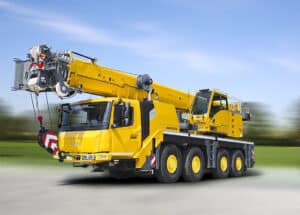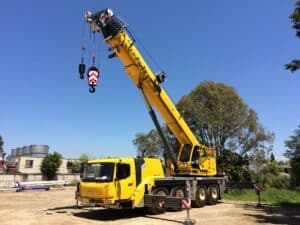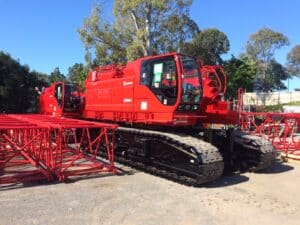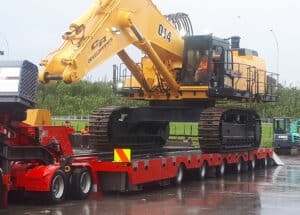5 Steps To Ensure Crane Longevity
Cranes can either be fantastic work site tools that reduce the need for manual labour or a project managers worst headache. Regardless of what heavy equipment you are using, wear and tear of robust parts will take place over time if regular checks and maintenance are not carried out.

Cranes can either be fantastic work site tools that reduce the need for manual labour or a project managers worst headache. Regardless of what heavy equipment you are using, wear and tear of robust parts will take place over time if regular checks and maintenance are not carried out.
An appropriately maintained crane can be the difference between life and death on a construction site. If a crane is poorly maintained or left with damages that have not been repaired, the result can be major expenses and compromised workplace safety.
Although a lot of crane maintenance can only be carried out by certified technicians and crane repair specialists, there are certain checkups you can do to make sure your crane stands the test of time.
Crane Maintenance and Repair Service Advice
1. Ensure proper alignment
After extended periods of use, a crane may become misaligned and lean to one side, causing excess tension on the machine. Crane operators should always be aware of the state of their equipment and seek out a reputable crane repair service immediately if the machine is misaligned.
2. Inspect chains and connections for damages
The chains and connections that comprise the hoist should be highly durable, and able to withstand years of wear. However, if you notice serious wear, damage or rust over time, you may want to have a professional assess the condition of your crane.

3. Make sure the hook is intact
Construction workers rely on the hook element of their cranes to lift extremely heavy loads, which is why it is essential to make sure this component has not been damaged. Construction workers should regularly check the hook for cracks or bends in the material.
4. Check air and hydraulic systems daily
Cranes rely on a variety of air and hydraulic systems to operate, which is why crane operators should check these systems for damages on a daily basis. Pipes, lines and other components of your crane are far more susceptible to damage or leaks than heavy metal components.
5. Replace wheels
The end truck wheels on your crane must be in good condition to move this heavy piece of equipment and carry large loads on a job site. These wheels should be replaced as soon as you notice serious wear.
If you would like to read the full article head on over to the Bobcat contracting website.




